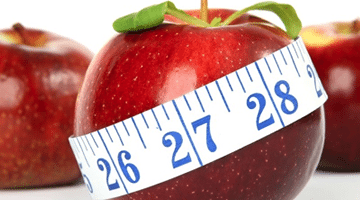
According to the Sightlines project, 36 percent of Americans were classified as obese in 2011– 5% more than in the previous decade. The largest increase was observed among Latinos, up 12 percent from 1999 to 2011. The number of obese married Millennials rose from 23% in 1999 to 33% in 2011, closing the gap with unmarried Millennials of whom 32% were obese at both time points.
[content_tooltip id=”23956″ title=”BMI”]
Hover over map to enlarge
AFFILIATE SPOTLIGHT
LISA GOLDMAN ROSAS, PhD, MPH
Instructor of Medicine
Stanford Prevention Research Center
 Lisa Goldman Rosas, Ph.D., M.P.H., is an Instructor of Medicine at the Stanford Prevention Research Center where she is also the Research Director for the Program on Prevention Outcomes and Practices. Read more
Lisa Goldman Rosas, Ph.D., M.P.H., is an Instructor of Medicine at the Stanford Prevention Research Center where she is also the Research Director for the Program on Prevention Outcomes and Practices. Read moreTo connect with our faculty affiliates, please contact SCL managing director, Rika Bosmans ([email protected])







